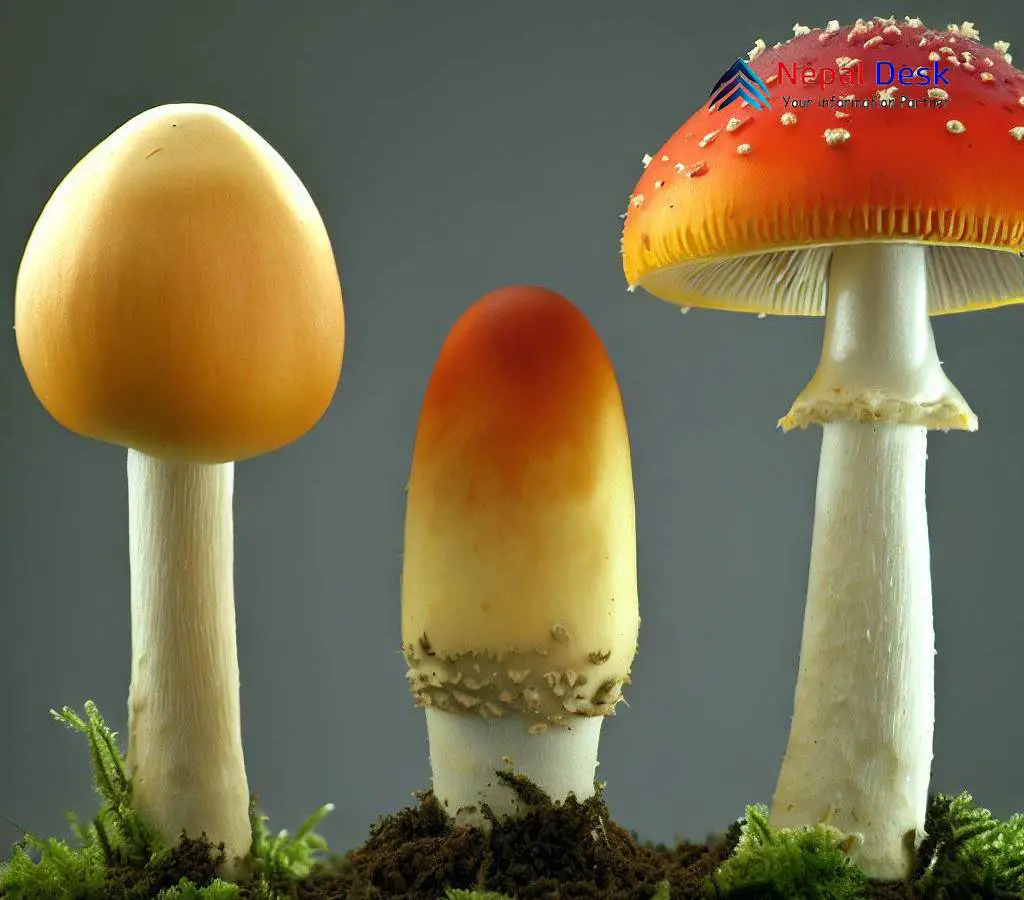Beware of Nepalese Poisonous Mushrooms: The Autumn Risk
Published Date

Published Date
Visiting Nepal in September or October? Exercise caution with wild mushrooms. Learn about the risks of toxic species and how to stay safe during your trip.
⏱ 2 min read
Kathmandu, Nepal — As the autumn season approaches, Nepal becomes a haven for nature enthusiasts and tourists alike. However, this paradise hides a perilous secret: the risk of mushroom poisoning. With a diverse range of 110 edible mushroom species, the country also harbors 48 species that are dangerously toxic.
A Tradition Rooted in Culture but Fraught with Danger
Mushroom foraging is a time-honored tradition among various ethnic communities in Nepal, including the Serpa, Tamang, Gurung, Magar, Tharu, Danuwar, Newar, and Chepang. While these communities possess extensive local knowledge about mushrooms, the lack of scientific identification methods has led to tragic incidents of poisoning and even fatalities.
Debunking Local Myths
Local folklore is rife with myths about identifying poisonous mushrooms. One popular belief is that toxic mushrooms will tarnish silver coins when cooked. Another suggests that cooking a poisonous mushroom with an onion will change the onion's color. However, these myths are not only misleading but also dangerous, as they contribute to the already alarming rate of mushroom poisoning incidents in the country.
Unreported Tragedies: The Silent Epidemic
While official reports indicate dozens of deaths each year due to mushroom poisoning, the actual numbers are suspected to be much higher. Many incidents go unreported, especially among marginalized communities often referred to as the "lower caste." During the rainy season, these communities rely heavily on wild mushrooms as a food source, leading to a spike in poisoning cases, some of which result in fatalities.
The Deceptive Beauty of Toxic Mushrooms
Among the most commonly misidentified poisonous mushrooms are:
Amanita muscaria: Known for its vibrant colors, this mushroom is often mistaken for edible varieties. It contains toxins that can induce hallucinations and neurological issues.
Amanita phalloides: Also known as the death cap, this mushroom can cause severe liver damage and is often fatal if consumed.
Galerina marginata: Frequently confused with edible species, this mushroom contains toxins that can lead to liver failure.
Final Thought on Mushroom Consumption in Nepal
It's crucial to note that cooking these toxic mushrooms won't neutralize their toxins, as they are heat-resistant. Symptoms of poisoning can range from nausea and vomiting to severe cases of liver failure and death.
If you're planning to visit Nepal this fall, it's essential to exercise extreme caution when it comes to consuming wild mushrooms. Always consult with a knowledgeable guide and avoid foraging unless you are 100% certain of a mushroom's identity. Your safety should always be the priority.
For immediate medical assistance, symptoms of mushroom poisoning include nausea, vomiting, abdominal pain, diarrhea, hallucinations, and seizures. In severe cases, seek medical attention right away to prevent liver failure or death.
Stay safe and enjoy the natural beauty that Nepal has to offer, but always remember:
When in doubt, leave that mushroom out.
